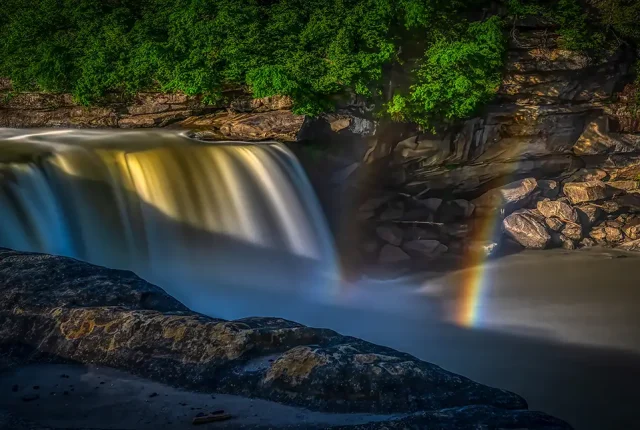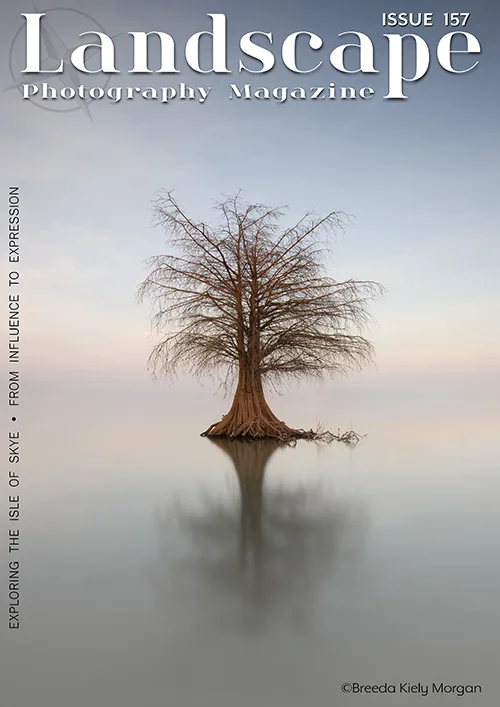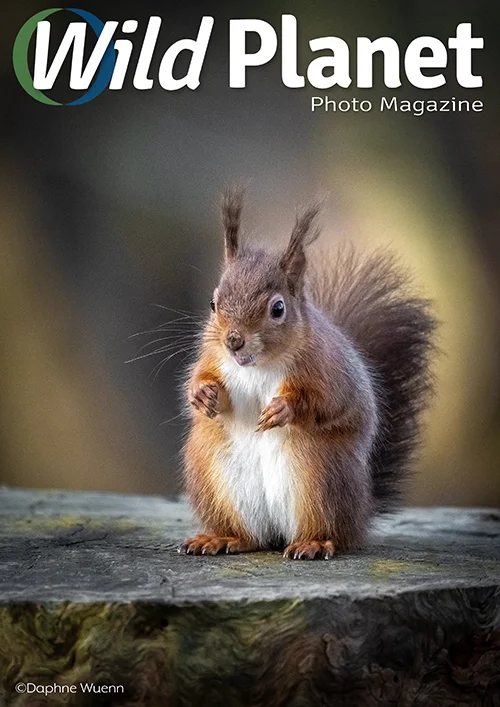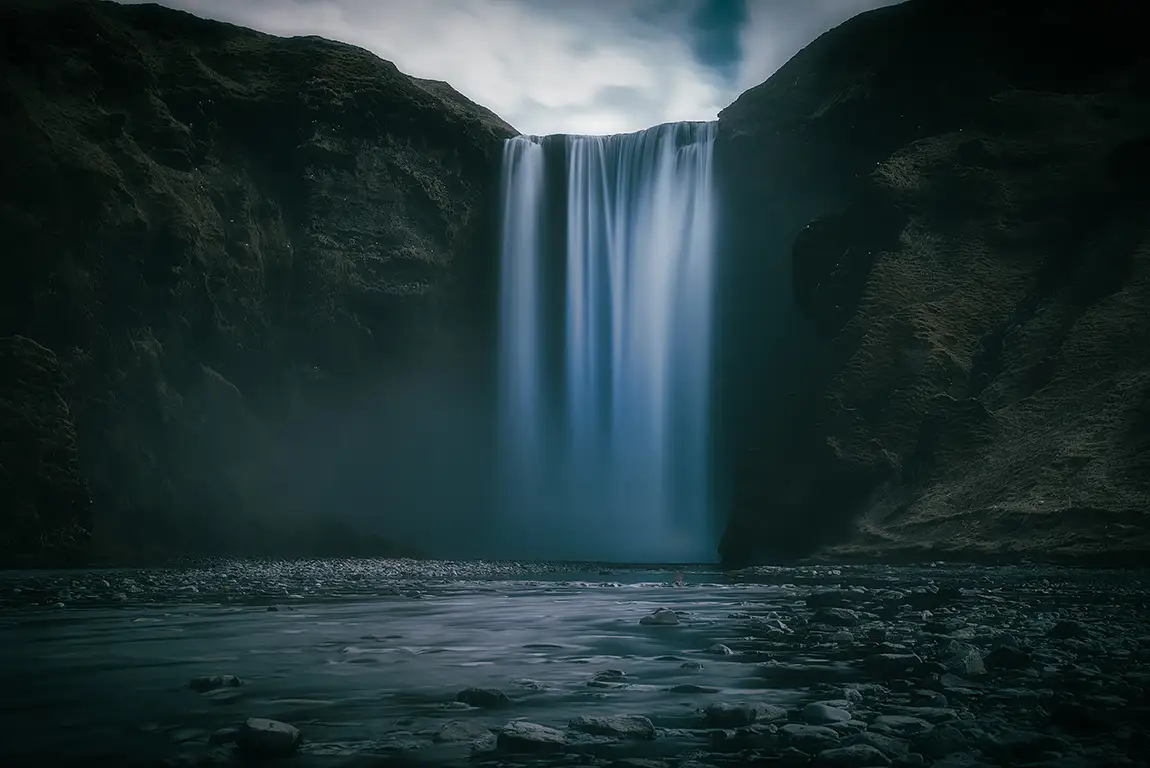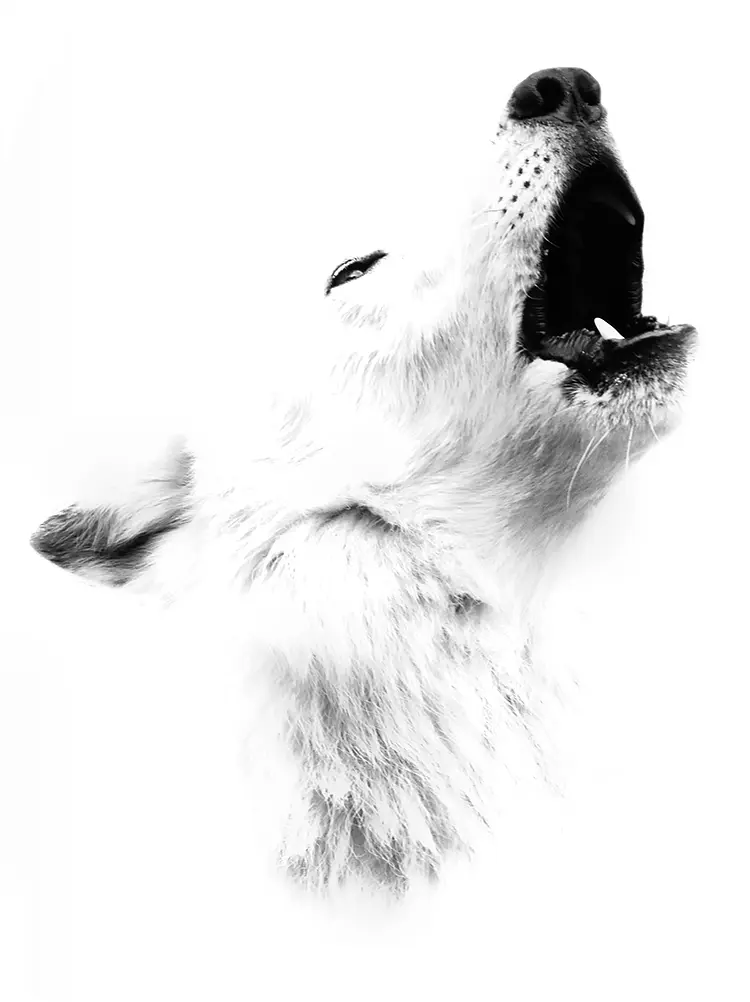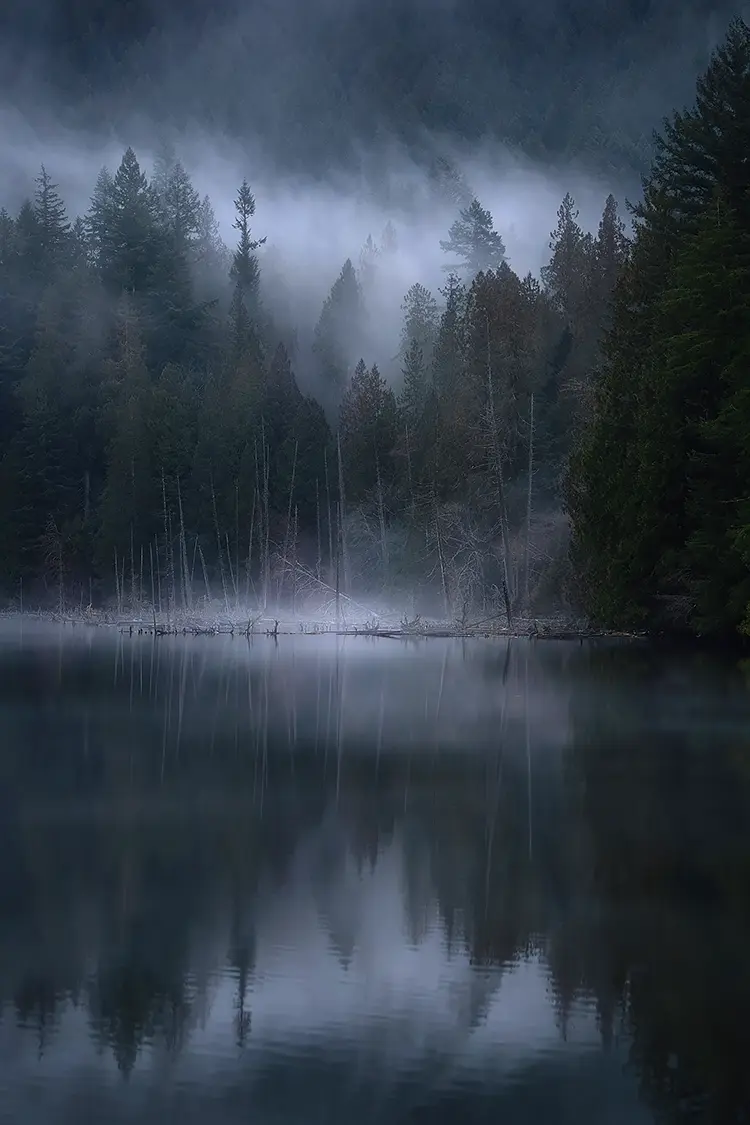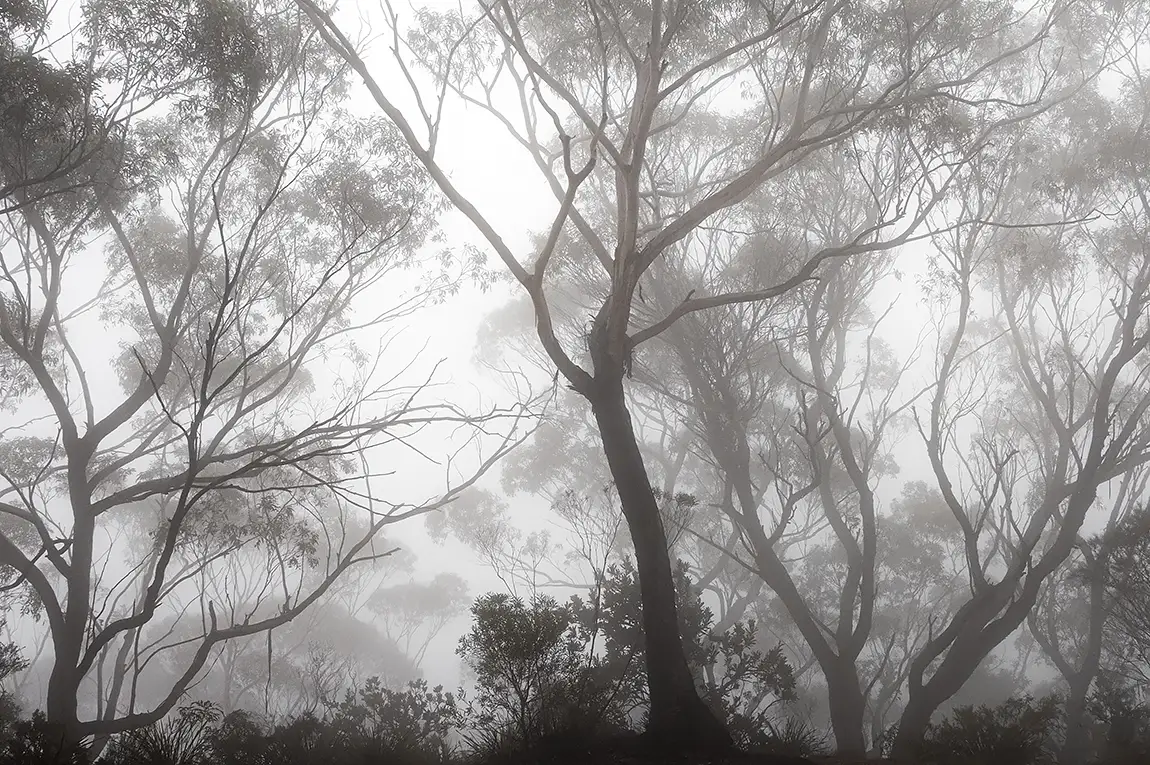We love waterfalls! My wife and I had just spent 4 days photographing waterfalls at the New River Gorge National Park in West Virginia. We were on our way home and were discussing moon bows. We knew about the moon bows that are visible two or three times a year at Yosemite Falls and always near a full moon. Well, my wife is a Google master and was researching other locations for moonbows besides Yosemite Falls. Her research determined that there was only one other place in the US to see a moonbow, and that was Cumberland Falls, located in Cumberland Falls State Park Resort in Kentucky.
As it turned out, we had just entered the state of Kentucky, and this is where it gets crazy; the moonbow was to occur that night. The moon bow is visible at two days either side of the full moon and, of course, requires clear skies. She quickly made a reservation at the lodge in the state park, and we modified our drive home and headed for Cumberland Falls.
We got there around mid-afternoon, checked in and then wandered around taking photos of the falls from various angles and scouting out which location would be the best for the moonbow photos later that night. There was not a cloud in the sky!
After dinner at the lodge, we went back out to find the area that we had selected, only to discover that we were not the only ones who had chosen the same spot. There were around 50 people gathered around, most of them in lawn chairs and much more prepared for the wait than we were. So, we found a spot that would work and settled into our standing position due to a lack of lawn chairs.
The moon was to rise around 8 PM, which of course it did. However, when you are in the mountains, the moon is not visible for a while after it rises above the horizon. It is the light from the moon shining on the mist from the waterfall at a specific angle that creates the moonbow.
Around 10 PM, the moon broke above the mountains, and it began to illuminate part of the waterfall. The moonbow became visible, but was difficult to see, and it was not colorful at all due to the low light and our eyes not being able to see color in the dark. It’s the same reason you don’t see the aurora in color unless it is a very intense display. To get enough light in the camera, we were using about a 2-minute exposure, which worked out pretty well. Once the moon rose enough that it lit up about half of the falls, the moon’s bow seemed to have peaked and started to fade away, most likely due to the increasing angle of the moon. Then, for the icing on the cake, we noticed there was a double moon bow showing in the photos!
Probably the best detour we have ever taken.



